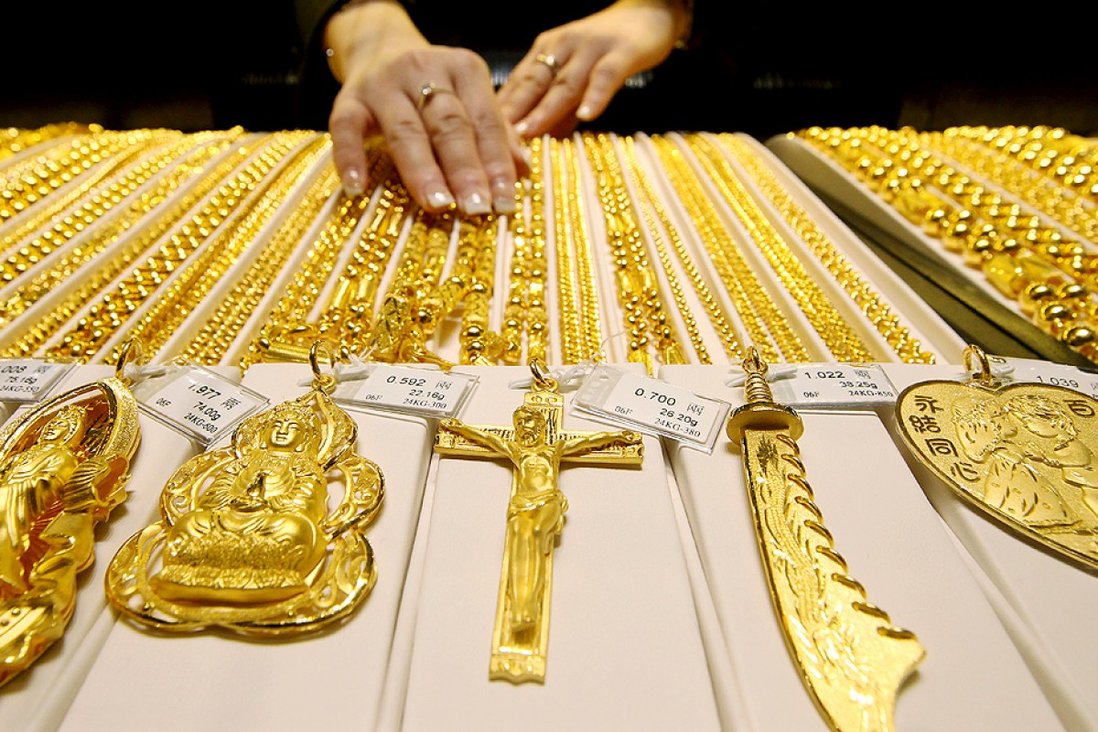If you have been in the market to buy gold then you probably have come across the word Janet Yellen. She has been part of the major policymakers in the U.S Treasury and a notable leader of the U.S Federal Reserve. This year, in the wake of Joe Bidden’s presidential victory, Yellen was appointed as the 78th Secretary of the U.S Treasury, replacing Stephen Mnuchin who headed the treasury during Donald. For months, now Yellen has not spoken about the pandemic, inflation, and what the government is doing to revive the economy. Until now.
Yellen has come out to reassure the US that the Fed charging higher interest rates in the wake of the pandemic might actually be a good idea. Why does the US Federal reserve’s stance on gold matter to other countries around the world? Since the gold standard was abolished in the 1930s. Since the Bretton woods system essentially abolished gold as currency, it has resulted in most countries pegging the value of their own currencies to the U.S dollar. Gold has an inverse relationship with the U.S dollar. When the price of gold goes down because of fiscal policies, inflation, and other factors, the price of gold goes up. What the Fed has to say about the U.S economy, and since Biden’s move into the white house many were waiting to hear what head at the Federal Reserve had to say.
Finally, Yellen spoke up about it and explained how a higher inflation could be a good thing for society. According to Yellen, the inflation we are currently facing is “transient” but opinions on that point are divided. Maybe because prices will have to go down and consumers will have to find other novel ways to generate cash, you can get more for your dollar than before.
Yellen seems to have the idea that high-interest rates are essential to cool inflation down. However, interest rates are a good economic indicator. When they go up, that’s not an indicator that inflation is on its way, just that inflation is already here. This is not good for the dollar but it works in gold’s favor. The bond market is the master signal of where the economy is going, not interest rates.
With the total United States debt rising to more than $85 trillion, increasing interest rates just elevates the debt burden. Today’s interest rates are substantially below the 2007 rates. However, because of the dizzying debt volume, each increase in the interest rate increases the weight. The bond market is not a reliable indicator as it once was. This is because The U.S Federal Reserve has distorted its signals. Right now, the FED has the bond market emitting static.
Australia’s economy seems to have a good footing. It has surpassed expectations brought on by the Covid-19 pandemic. Already, the gross domestic product rose by an unexpected 1.8%. This was spurred on by the rising demand for gold throughout the world. In 2020, the economy actually plunged into a recession, the likes of which have not been seen in 30 years because of the fallout from COVID-19 . However, things didn’t turn out as badly as everyone assumed. According to the Australian Bureau of Statistics, the country’s speedy response to the pandemic boosted consumers and investor confidence. That and the stimulus from the Reserve Bank of Australia helped supercharge the economic rebound. Unlike, the U.S FED, Australia’s Central Bank announced that it would hold the interest rates low and keep the cost of borrowing low to help improve the country’s economic recovery. The Reserve Bank of Australia has been keeping an eye on inflation and the cost of living for Australians. So far, Australia’s economy and the gold market are solid, and investors are once again buy gold.












